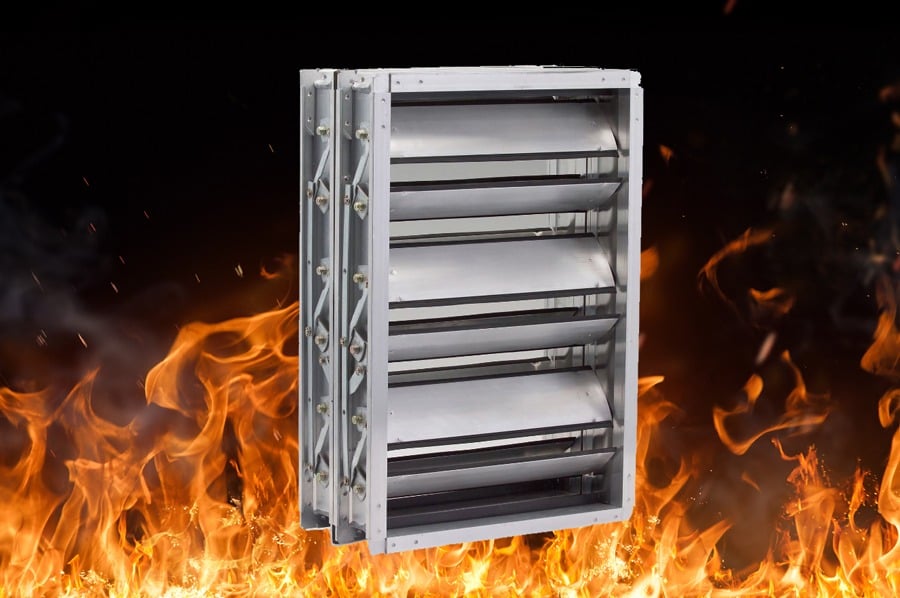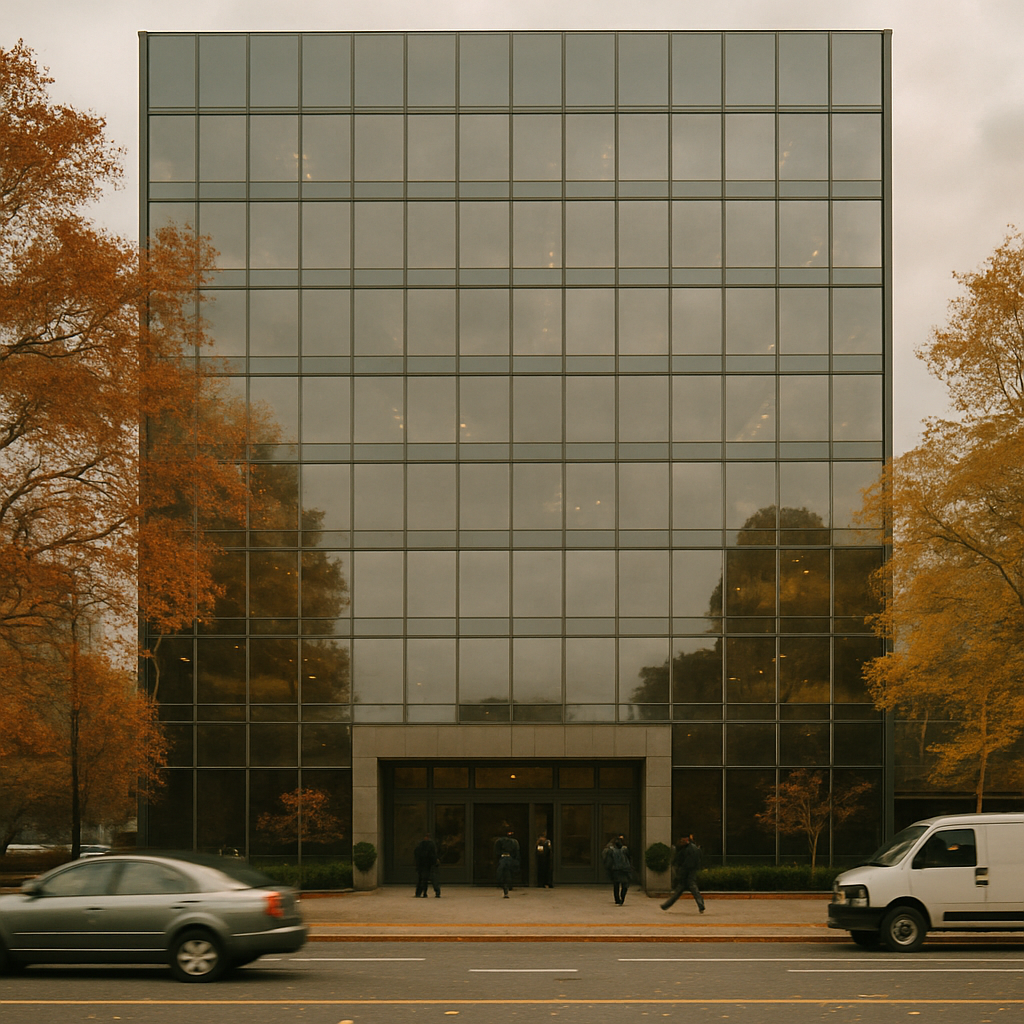Ensuring the safety and compliance of your building's fire and smoke dampers is not only a legal requirement but also a crucial component in protecting both property and lives. These systems often go unnoticed until they’re urgently needed. Yet, they play a critical role in life safety and are required by code.
Compliance enforcement is increasing rapidly, so it’s more important than ever to ensure your dampers are properly inspected, maintained, and documented. This article aims to clarify the functions of fire and smoke dampers, outline the legal requirements for their inspection and maintenance, and demonstrate how Aero Performance Group can assist in achieving compliance.
What Are Fire and Smoke Dampers?
Legal Requirements for Inspection and Testing:
These aren’t optional. They’re code-mandated, and their inspection, testing, and maintenance are enforceable under NFPA, IBC, and local AHJs.
As of January 1, 2022, a significant regulation came into effect. The Illinois Fire and Smoke Damper Inspection Act (425 ILCS 13) mandates that the inspection and testing of these dampers must be conducted by individuals certified by the International Certification Board. This certification must be accredited by the American National Standards Institute in HVAC fire life safety or another nationally recognized certifying body accredited to ISO/IEC 17024 in HVAC fire life safety.
Frequency of Required Inspections:
-
- New installations require inspection and certification 1 year after installation.
- Subsequent inspections must occur every four years in Schools, Apartment Buildings, Office Buildings, Industrial Plants, Nursing Homes, and any building with a fire barrier.
- Hospitals, however, require inspections every 6 years.
What Is A Fire Damper?
Installed at:
- Occupancy separation walls
- Horizontal exit walls
- Corridor walls and ceilings
- Floor-ceiling assemblies
- Shaft penetrations
Why they matter:
- HVAC ducts often penetrate fire-rated walls and ceilings.
- During a fire, these ducts can collapse or deform—creating a pathway for flames.
- Fire dampers act as a safety seal, keeping the fire contained to one zone and buying critical time for evacuation and emergency response.
What Is a Smoke Damper?
Installed at:
- Smoke barriers
- Shaft walls
- Horizontal exits
- Corridor walls and ceilings
- Other barriers designed to prevent smoke migration
Why they matter:
- In many fires, smoke is the biggest threat to life safety—not flames.
- These dampers isolate smoke, helping to maintain survivable conditions in unaffected areas.
- Especially important in buildings with dynamic air systems where air is constantly moving.
Real Risks of Non-Compliance
Neglecting damper inspection and maintenance can lead to:
- Failed fire/life safety inspections
- Code violations and potential fines
- Higher insurance premiums or denied claims
- Increased liability in the event of an incident
- Safety risk for occupants
Further Information:
For detailed information about the Fire and Smoke Damper Inspection Act and the role of the Office of the State Fire Marshal, please visit Illinois State Fire Marshal website
Here's How We Can Help:
We help building teams stay compliant, safe, and proactive. Aero offers:
- Certified Fire and Smoke Damper Inspections
- Immediate or scheduled repairs and replacements
- Detailed compliance reporting
- Seamless scheduling to avoid tenant disruption
Final Thought
Sprinkler systems protect buildings. Smoke dampers protect people. Both are critical—and neither should be an afterthought.
If you’re unsure about the condition or compliance status of your dampers, let’s connect.




